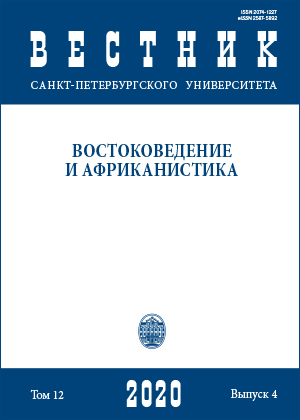Искусственный интеллект в Китае: современное состояние отрасли и тенденции развития
DOI:
https://doi.org/10.21638/spbu13.2020.409Аннотация
В настоящее время во многих странах мира разработкам в области искусственного интеллекта отдается приоритет. Среди главных конкурирующих за лидерство в этой сфере стран Китай набирает все больший вес, по некоторым показателям превосходя Соединенные Штаты Америки, бесспорного лидера рынка. Тем не менее, несмотря на жесткий государственный контроль и щедрую финансовую поддержку, стимулирующие бум индустрии искусственного интеллекта, Китай сталкивается с определенными трудностями в развитии этого высокотехнологичного направления. Часть возникающих трудностей обусловлена историческими факторами, часть — состоянием рынка индустрии. Руководство страны планирует преодолеть их путем реформирования смежных отраслей и внедрения специфических подходов к укреплению позиции китайских компаний, занимающихся разработками в сфере машинного обучения, глубокого обучения, обработки естественных языков, компьютерного зрения, а также работающих над проектами в области управления транспортными средствами, больших данных, автономных интеллектуальных систем и т. д. Дается обзор современного состояния отрасли искусственного интеллекта в Китае, а также проводится анализ трендов развития рынка на основе открытых данных, полученных за последние годы.
Ключевые слова:
искусственный интеллект, Китай, экономика, коммерциализация, государство.
Скачивания
Библиографические ссылки
Загрузки
Опубликован
Как цитировать
Выпуск
Раздел
Лицензия
Статьи журнала «Вестник Санкт-Петербургского университета. Востоковедение и африканистика» находятся в открытом доступе и распространяются в соответствии с условиями Лицензионного Договора с Санкт-Петербургским государственным университетом, который бесплатно предоставляет авторам неограниченное распространение и самостоятельное архивирование.





